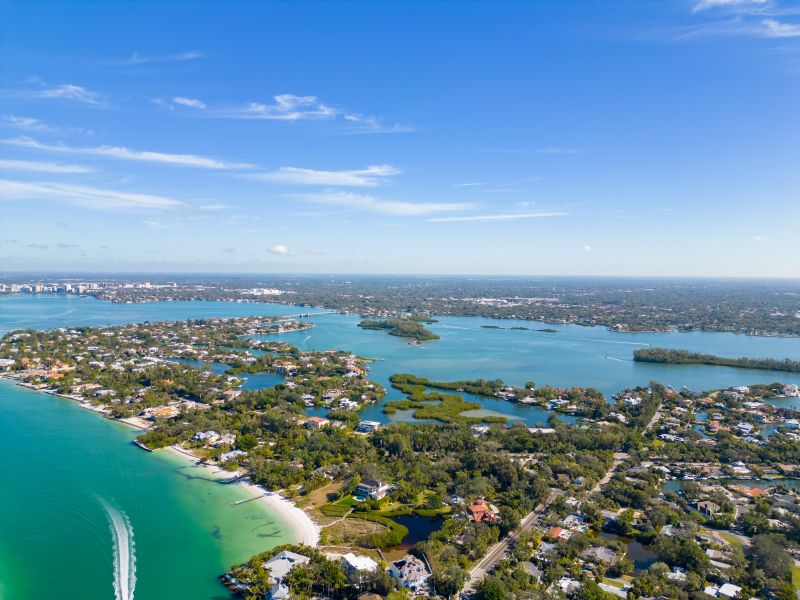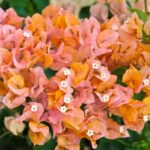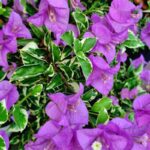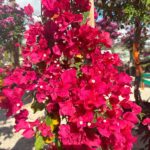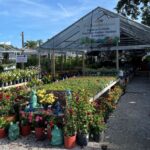If you’ve ever wondered why your neighbor’s bougainvillea thrives while yours seems to sulk, the answer might be hiding in plain sight—your microclimate. In Sarasota, subtle differences like sea breezes, elevation, and even neighborhood design can influence how plants perform.
Understanding your local microclimate isn’t just garden trivia—it’s a game-changer. Here’s how to use it to your advantage.
What Is a Microclimate?
A microclimate is a small area with environmental conditions that differ slightly from the surrounding region. In Sarasota, that might mean your backyard stays cooler in the afternoon than your front yard, or that one street retains more humidity due to mature tree cover.
Factors that shape microclimates include:
- Proximity to the coast
- Elevation changes
- Wind patterns and barriers
- Urban heat islands (paved streets, buildings)
- Shade from trees or structures
Coastal vs. Inland Sarasota: Key Differences
Coastal Zones (e.g., Siesta Key, Casey Key, Lido Beach):
- Higher humidity and salt exposure
- Milder winters and fewer frost events
- Windier conditions year-round
Plant Tips:
- Choose salt-tolerant species like sea grape, dune sunflower, and silver buttonwood.
- Opt for plants with flexible stems and waxy leaves to resist salt and wind damage.
- Mulch well to protect against wind desiccation.
Inland Neighborhoods (e.g., Lakewood Ranch, Fruitville, North Port):
- Cooler temperatures during winter
- Less exposure to salt air
- Greater risk of frost and occasional dry spells
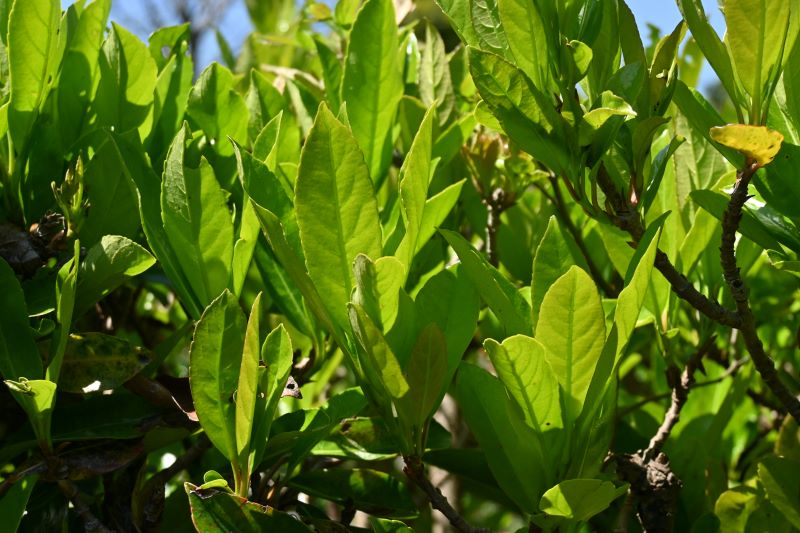
Plant Tips:
- Consider cold-tolerant options like viburnum, firebush, and Simpson’s stopper.
- Be ready to cover sensitive tropicals during brief cold snaps.
- Invest in deep watering systems to help during dry spring weeks.
Elevation and Drainage: The Hidden Factors
Sarasota might look flat, but slight changes in elevation can affect soil drainage and moisture levels.
- High spots (e.g., parts of Osprey and inland Venice): Better drainage, but prone to drought stress.
- Low-lying areas: Retain moisture longer but may experience flooding during summer storms.
Smart Strategy:
- In dry zones, plant drought-tolerant natives like Saw Palmetto or Muhly Grass.
- In wetter zones, use moisture-loving plants such as Apostle Iris or Tropical Milkweed.
Shade vs. Full Sun: Not Just About Light
Areas shaded by homes, fences, or oak canopies not only receive less light but also stay cooler and more humid—perfect for ferns, caladiums, and shade-loving gingers.
In contrast, sun-exposed southern and western exposures heat up fast. Here, you’ll want plants like:
- Blanket flower
- Pentas
- Agave
Tailoring Plant Care by Microclimate
Here’s a quick guide to microclimate-based plant care:
| Microclimate Type | Ideal Plants | Key Care Tips |
| Coastal/Salty | Sea grape, silver buttonwood, lantana | Wind protection, salt tolerance |
| Frost-Prone Inland | Viburnum, firebush, Simpson’s stopper | Cover tropicals, watch for frost dips |
| Dry & Sunny | Muhly grass, blanket flower, agave | Deep watering, mulch to conserve soil moisture |
| Shaded/Humid | Caladium, ferns, bromeliads | Watch for fungal issues, good airflow |
| Wet/Low-Lying | Blue flag iris, swamp milkweed | Raised beds or mounded planting |
How Troy’s Tropics Can Help
Our team doesn’t just sell plants—we live here, and we know Sarasota’s neighborhoods inside and out. Whether you’re planting on a breezy barrier island or in a low spot near Myakka, we can guide you to the best picks for your unique microclimate.
Stop by for personalized advice or bring in a photo of your landscape—we’ll help you design a garden that thrives, not just survives.

